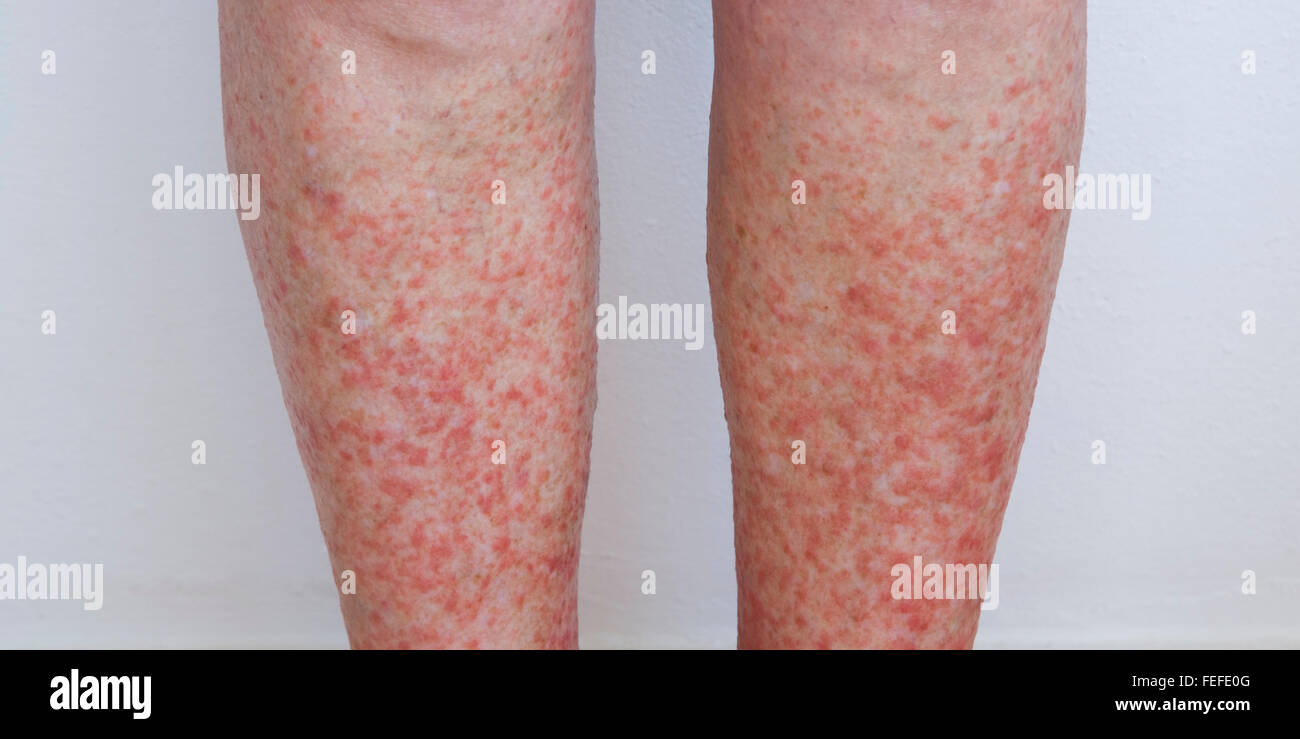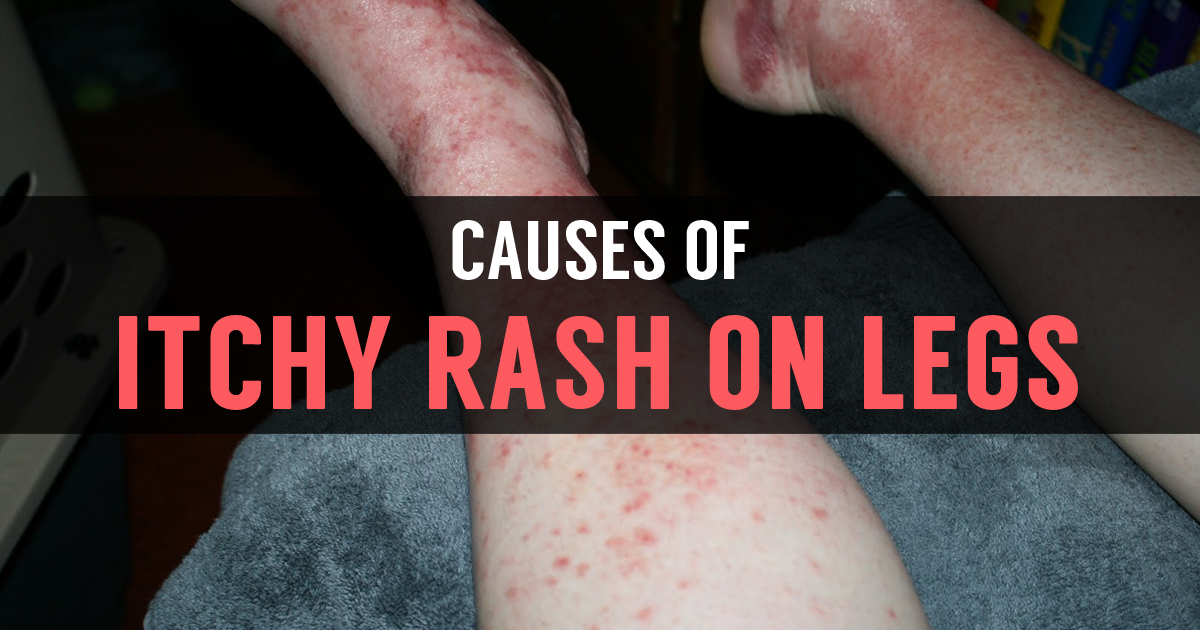Let's face it, dealing with an itchy skin rash between your thighs is no fun at all. Imagine this: you're trying to go about your day, but all you can think about is that persistent itch that just won't quit. It’s uncomfortable, embarrassing, and honestly, kinda makes you want to scream. But hey, you're not alone! Many people deal with this issue, and understanding the causes and solutions can make all the difference. So, buckle up because we're diving deep into the world of itchy skin rashes between the thighs.
First things first, let’s talk about why this happens. The skin between your thighs is delicate, and when it gets irritated, it can lead to some serious discomfort. It could be due to friction, sweat, or even an allergic reaction. Whatever the cause, it’s important to know what you’re dealing with so you can tackle it head-on.
Now, don’t panic! This guide is here to help you navigate through the chaos of itchy skin rashes. We’ll cover everything from the causes to the treatments, and even some prevention tips. By the time you finish reading, you’ll feel like a pro at handling this pesky problem. So, let’s get started, shall we?
Understanding the Causes of Itchy Skin Rash Between Thighs
Common Culprits Behind the Rash
Alright, so what exactly causes this itchiness? Well, there are several factors that could be to blame. First up, we’ve got friction. Yep, that’s right—your thighs rubbing together can cause irritation and lead to a rash. Add a bit of sweat into the mix, and you’ve got yourself a recipe for disaster.
Then there’s heat. When it’s hot and humid out, your skin can get all sweaty and gross, creating the perfect environment for bacteria and fungi to thrive. And let’s not forget about allergies. Some people are sensitive to certain fabrics or detergents, and that can cause a rash too.
Identifying Symptoms of Itchy Skin Rash Between Thighs
What to Look For
Now that we know what might be causing the issue, let’s talk about the symptoms. Obviously, the first thing you’ll notice is the itch. It’s relentless and can drive you crazy. But that’s not all—sometimes the skin can become red, swollen, or even start peeling. If you notice any of these signs, it’s a good idea to take action before things get worse.
And hey, if you’ve got any blisters forming, that’s a pretty clear indication that something’s up. Don’t ignore it, alright? The sooner you address the problem, the better off you’ll be.
Treatment Options for Itchy Skin Rash Between Thighs
Over-the-Counter Remedies
When it comes to treating an itchy skin rash, there are plenty of options available. Over-the-counter creams and lotions can work wonders. Look for ones that contain hydrocortisone or antifungal ingredients. These can help reduce inflammation and get rid of any pesky fungi that might be hanging around.
But here’s the thing—don’t just slap anything on your skin. Make sure you’re using products that are specifically designed for sensitive areas. You don’t want to make the problem worse by using something that’s too harsh.
Natural Remedies for Itchy Skin Rash
DIY Solutions That Work
If you’re not into using chemicals on your skin, there are some natural remedies you can try. Aloe vera, for example, is a great option. It’s soothing and can help reduce redness and irritation. You can also try oatmeal baths. Yep, you heard me right—oatmeal baths! They’re super effective at calming down itchy skin.
Another option is coconut oil. It’s a natural moisturizer that can help keep your skin hydrated and prevent further irritation. Just make sure you’re using pure, unrefined coconut oil for the best results.
Prevention Tips for Itchy Skin Rash Between Thighs
How to Stop It Before It Starts
Prevention is key when it comes to itchy skin rashes. One of the best things you can do is keep the area clean and dry. After you shower, make sure you’re thoroughly drying off. You can even use a hairdryer on a low setting to get those hard-to-reach spots.
Wearing breathable fabrics is also a good idea. Cotton is your best friend here. It allows your skin to breathe and reduces friction. And if you’re going to be sweating a lot, consider wearing moisture-wicking clothing. It’ll help keep you dry and comfortable.
When to See a Doctor
Red Flags to Watch Out For
Now, there are some situations where you should definitely see a doctor. If your rash doesn’t improve after a week of treatment, or if it gets worse, it’s time to make an appointment. Same goes if you notice any signs of infection, like pus or fever.
Your doctor can help determine the underlying cause of the rash and recommend the best course of treatment. They might prescribe a stronger medication or suggest lifestyle changes to prevent future outbreaks.
Understanding the Role of Diet in Skin Health
What You Eat Matters
You might not realize it, but your diet can play a big role in your skin health. Eating a balanced diet rich in fruits and vegetables can help keep your skin healthy and strong. Foods that are high in antioxidants, like berries and leafy greens, can even help reduce inflammation.
On the flip side, eating too much sugar or processed foods can lead to skin issues. So, if you’re dealing with an itchy skin rash, it might be worth taking a closer look at your diet. Making some simple changes could make a big difference.
Stress and Its Impact on Skin
Managing Stress for Better Skin
Stress can wreak havoc on your skin. When you’re stressed, your body produces more cortisol, which can lead to inflammation and breakouts. So, finding ways to manage stress is crucial for keeping your skin healthy.
Exercise, meditation, and even just taking a few deep breaths can help reduce stress levels. And hey, if you need a little extra help, there’s no shame in seeking out a therapist. Your mental health is just as important as your physical health.
Common Myths About Itchy Skin Rash Between Thighs
Busting the Misconceptions
There are a lot of myths out there about itchy skin rashes. Some people think that they’re only caused by poor hygiene, but that’s not true. Others believe that scratching will make it go away faster, which is also false. Scratching can actually make the rash worse and lead to infection.
Another common misconception is that you can’t prevent these rashes. But as we’ve already discussed, there are plenty of things you can do to reduce your risk. So, don’t fall for the myths—stick to the facts!
Conclusion: Taking Control of Your Skin Health
So, there you have it—a comprehensive guide to dealing with itchy skin rash between your thighs. From understanding the causes to exploring treatment options and prevention tips, we’ve covered it all. Remember, taking care of your skin is important, and you deserve to feel comfortable in your own body.
Now, here’s the deal—if you’ve found this article helpful, don’t keep it to yourself! Share it with your friends and family. Who knows, you might be helping someone else who’s dealing with the same issue. And if you’ve got any questions or comments, feel free to drop them below. We’d love to hear from you!
Table of Contents
- Understanding the Causes of Itchy Skin Rash Between Thighs
- Identifying Symptoms of Itchy Skin Rash Between Thighs
- Treatment Options for Itchy Skin Rash Between Thighs
- Natural Remedies for Itchy Skin Rash
- Prevention Tips for Itchy Skin Rash Between Thighs
- When to See a Doctor
- Understanding the Role of Diet in Skin Health
- Stress and Its Impact on Skin
- Common Myths About Itchy Skin Rash Between Thighs
- Conclusion: Taking Control of Your Skin Health


